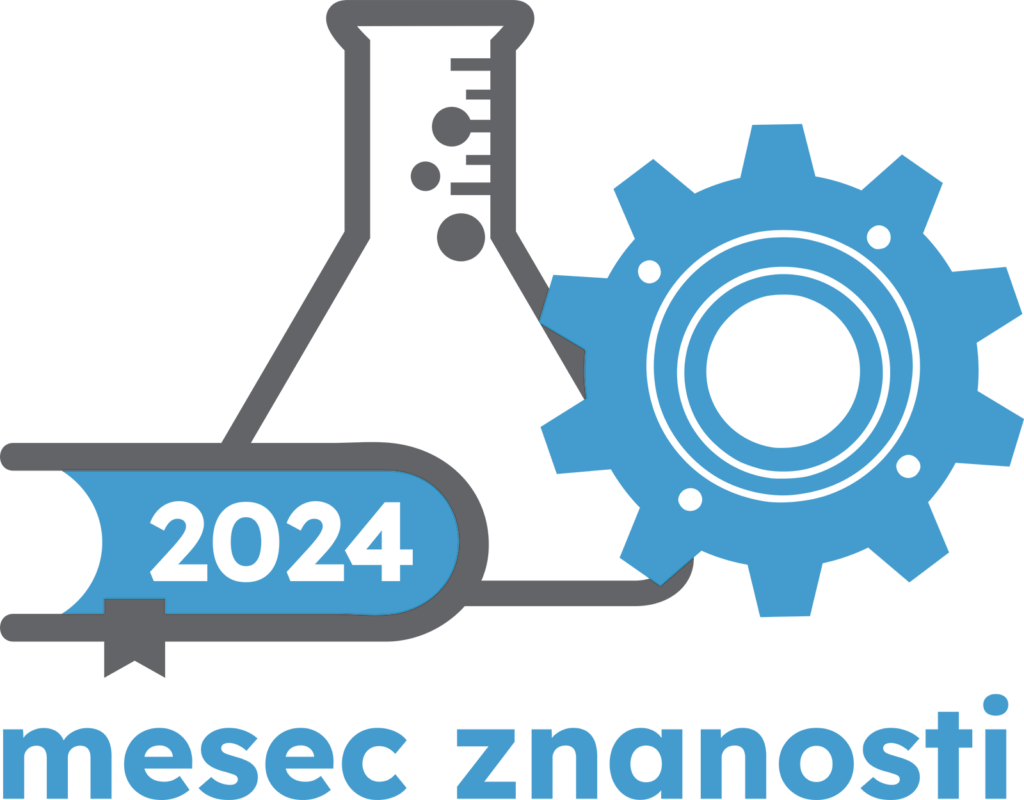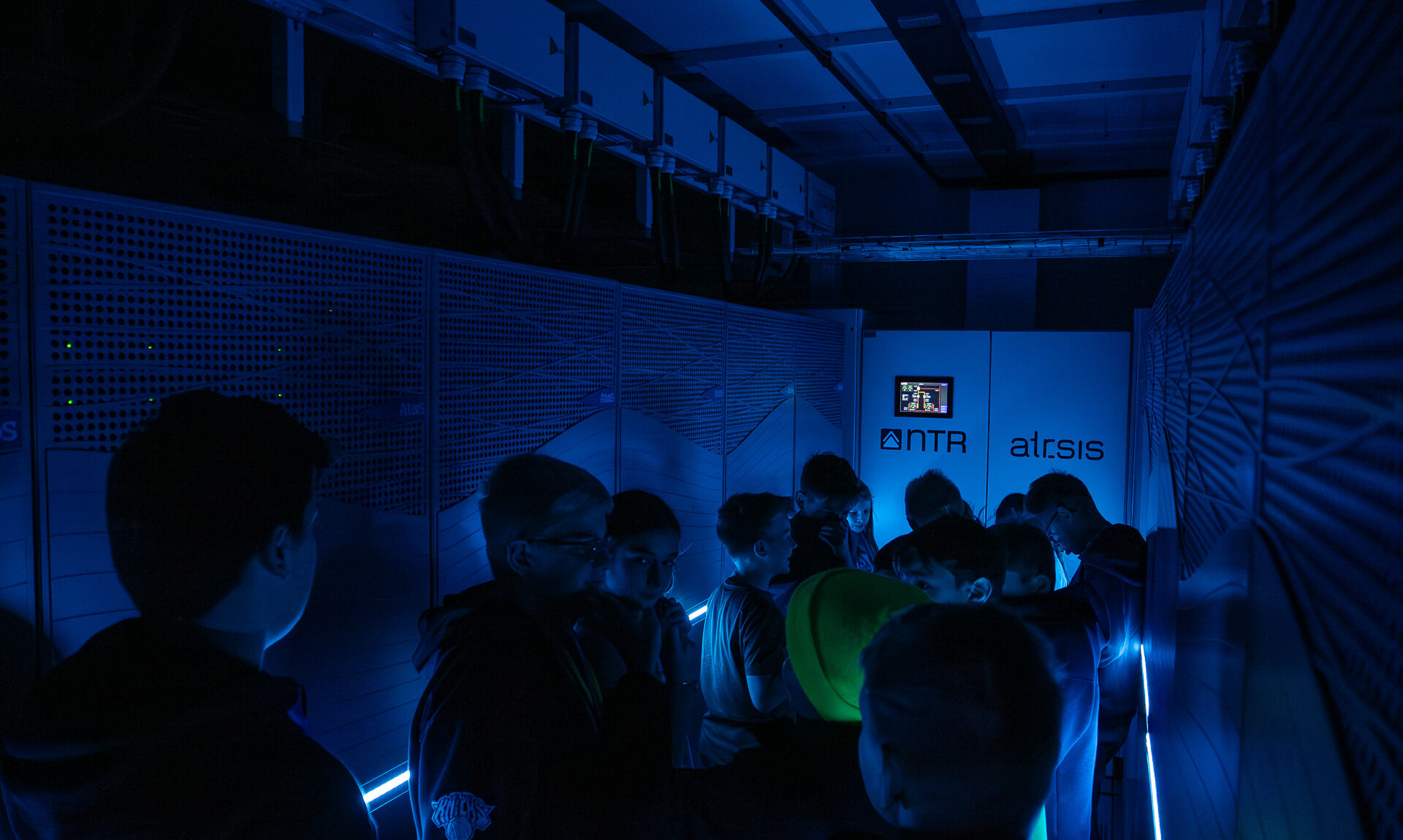The Slovenian Supercomputing Centers, partners of the SLING consortium, opened their doors again this year on October 18 to give the public a glimpse into the facilities that house some of the most powerful supercomputers in our country.
For the fourth year in a row, the Open Day of the Slovenian Supercomputing Centers was held with the aim of showing the rooms where these extremely powerful systems operate and learning about their use and operation. In Ljubljana, Arnes, the Jožef Stefan Institute and the Faculty of Mechanical Engineering, University of Ljubljana, presented the technology in Tesla Street, and the National Institute of Chemistry in the Ažman Computing Center, in Novo Mesto at the Faculty of Information Studies, in Nova Gorica at Arctur and in Maribor at the Institute of Information Science, where visitors had the opportunity to learn about the EuroHPC VEGA supercomputer, one of the most powerful supercomputers in Europe and the world. As part of the event, an online workshop Generative AI with Diffusion Models was organized by the University of Maribor.
On October 18, we will celebrate EXA Day – the incredible power of supercomputers to perform unimaginable tasks and drive innovation and breakthroughs in industry and research. The word “exa” means 1018 and is used in supercomputing to define the power of a supercomputer. If a supercomputer can perform 1018 floating point operations per second (FLOPS), it means that it can perform more than 1,000,000,000,000,000,000,000,000 floating point operations per second in one second. The SLING consortium partners traditionally mark the day with an open day at their supercomputing centers to showcase these powerful machines to the public and inspire young talent to pursue careers in engineering and research.
In Nova Gorica, Arctur, the only private HPC provider in Slovenia, presented the world of High Performance Computing (HPC) and concrete examples of its use to students and other visitors. Visitors had the opportunity to experience HPC in their data center, where they got a better insight into the hardware architecture. Finally, they entered virtual reality to learn more about rendering technology and the fusion of art and technology. In Maribor, the Institute of Information Science extended its Open Day to three days and welcomed more than 190 visitors. At the National Institute of Chemistry, a special extended program was prepared for a group of primary school children. Representatives of Arnes, the Jožef Stefan Institute, the Faculty of Mechanical Engineering, University of Ljubljana, and the Faculty of Information Studies were also very pleased with the attendance and curiosity of the visitors.
Did you know?
To achieve what an exaFLOPS supercomputer can do in one second, you would have to do one calculation every second for 31,688,765,000 years.
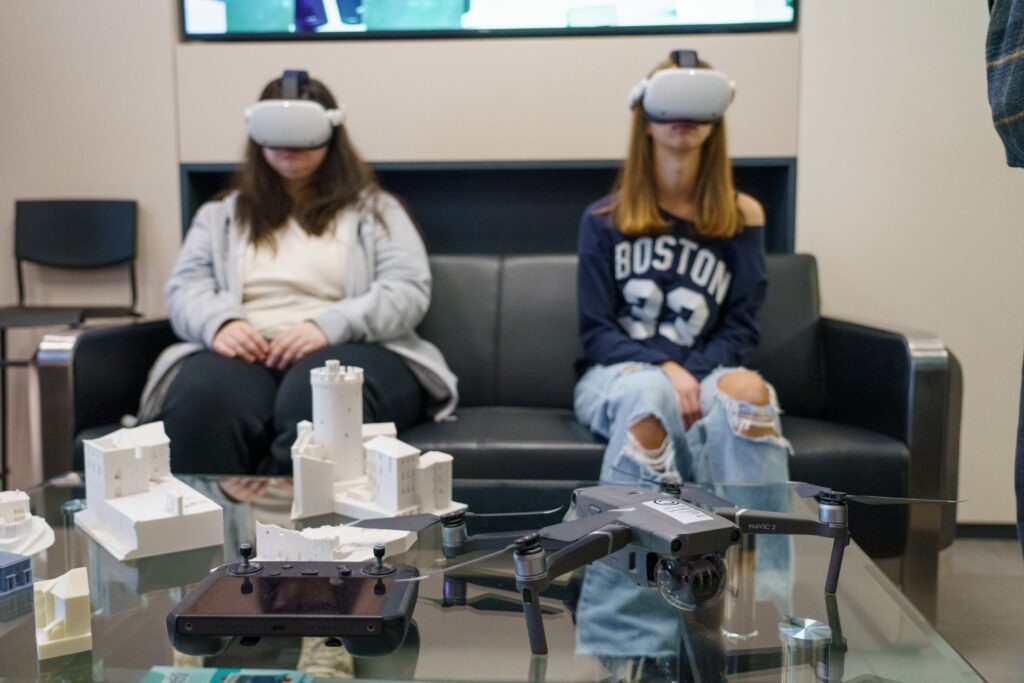
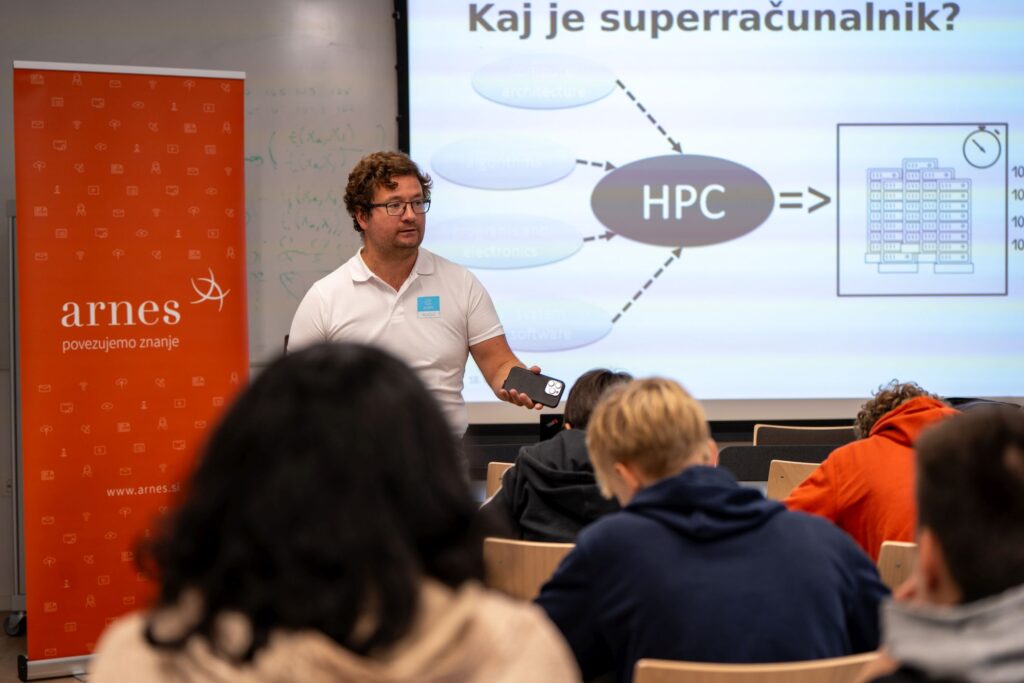
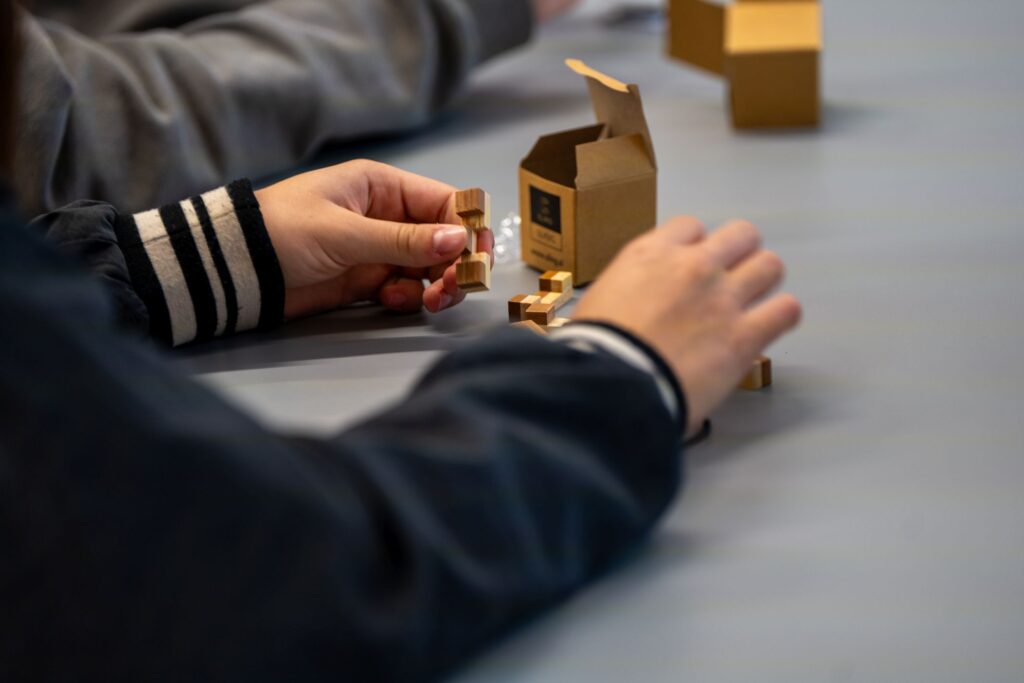
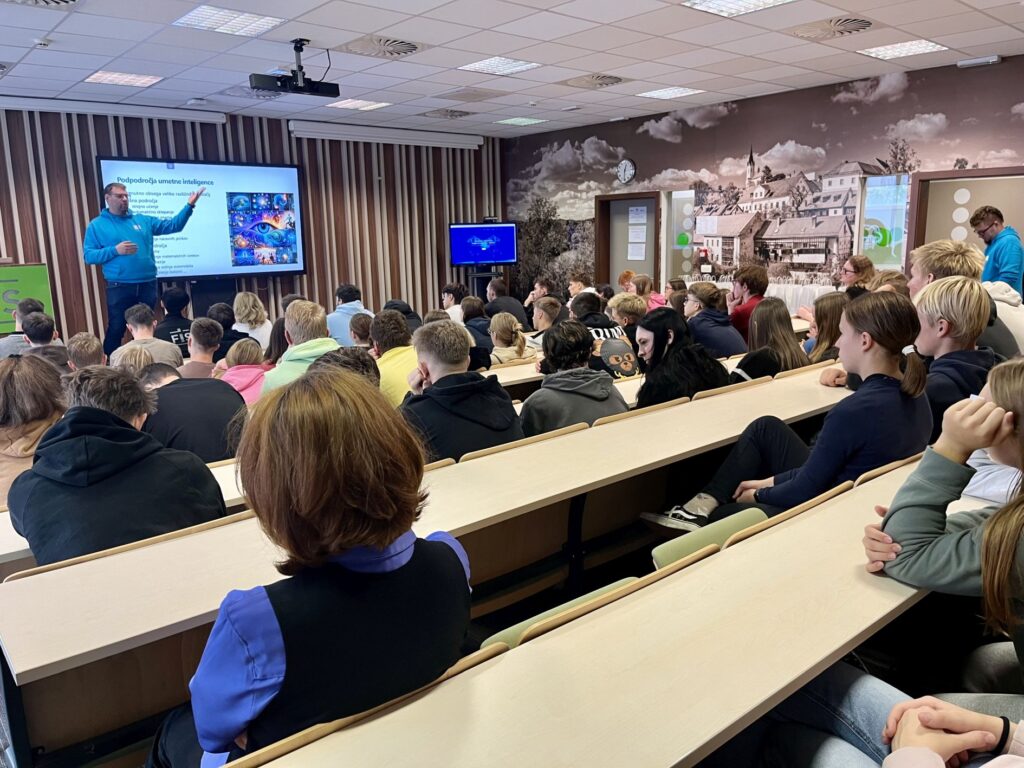
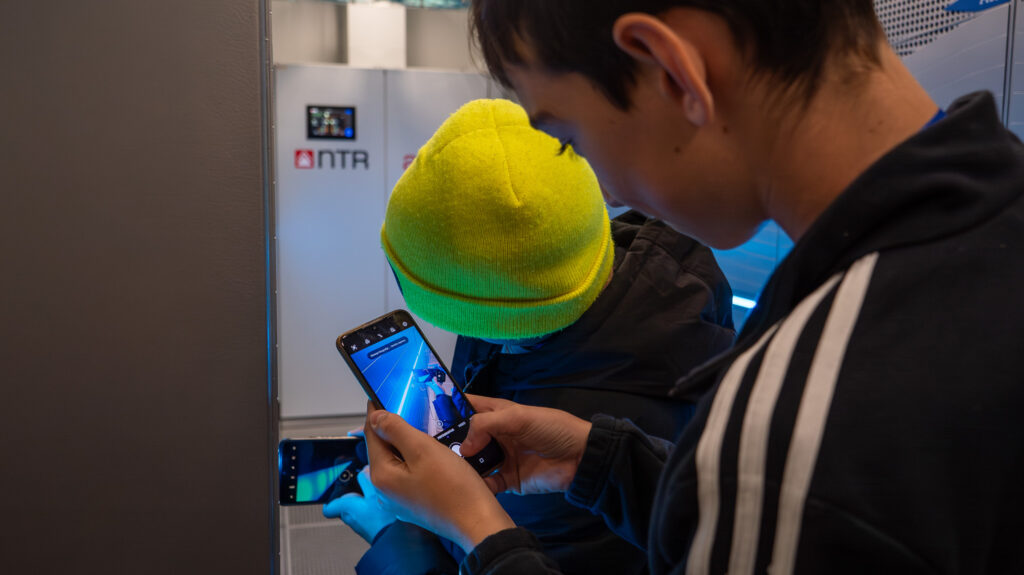
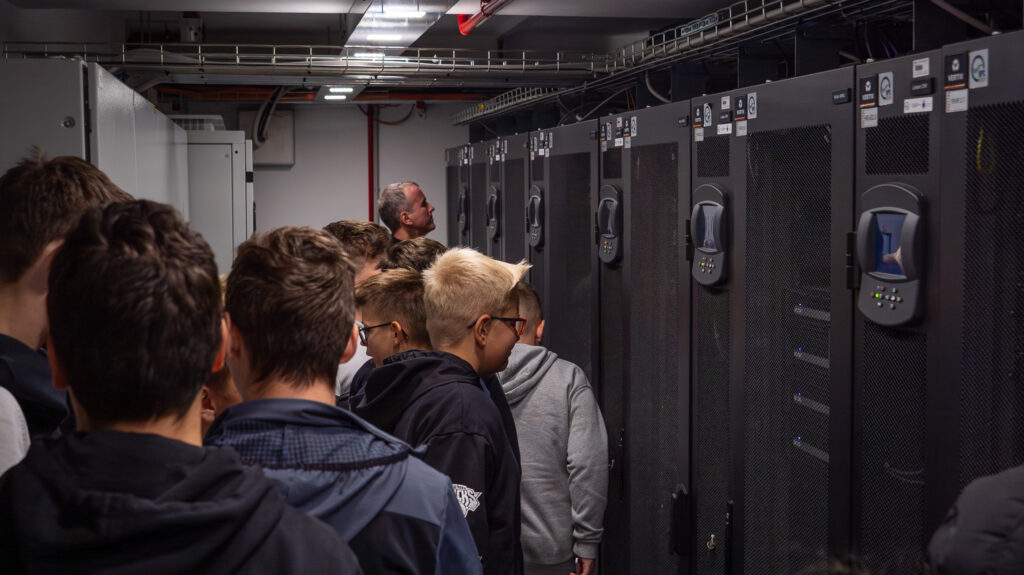
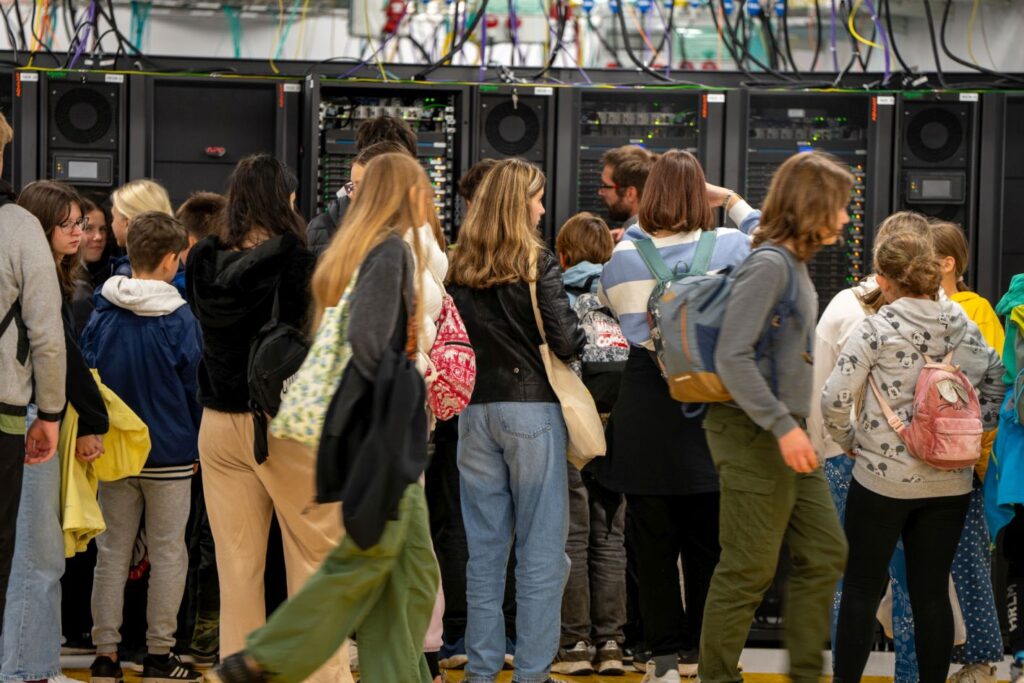
Photo: Arctur, Arnes, Faculty of Information Studies, Institute of Information Science
